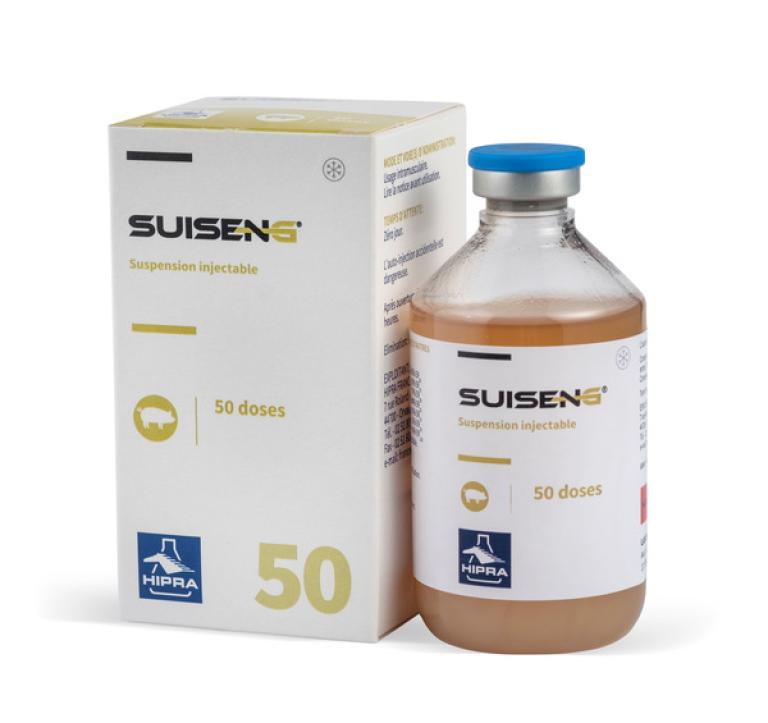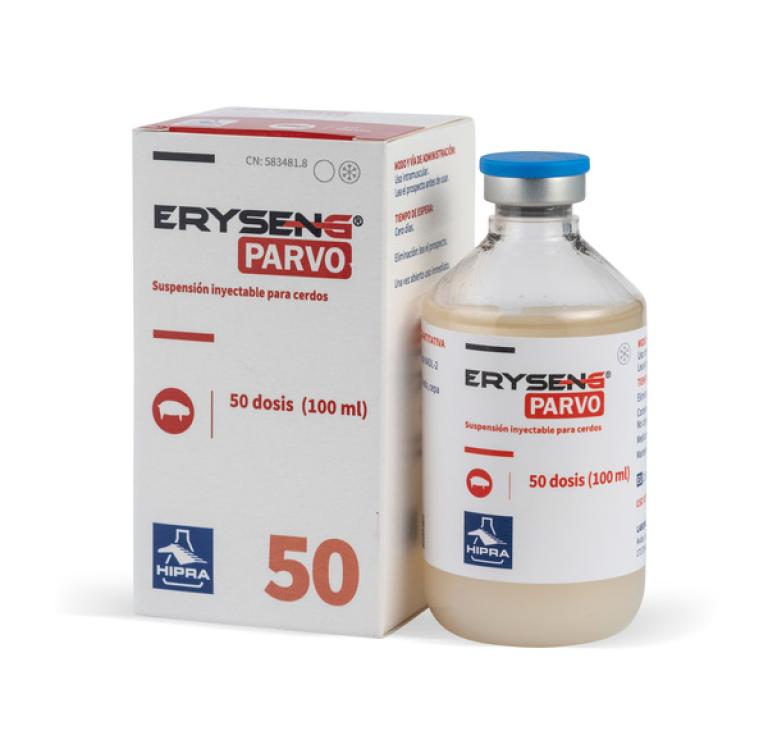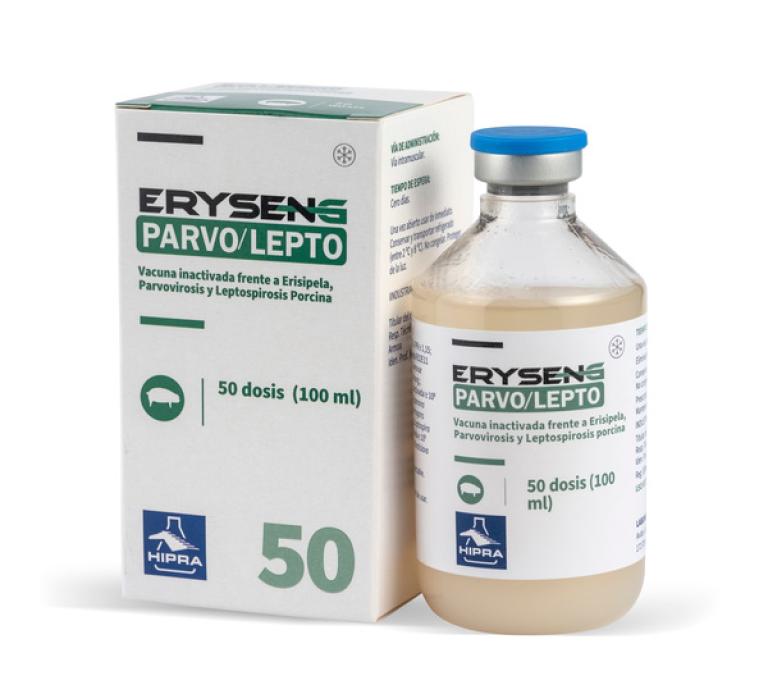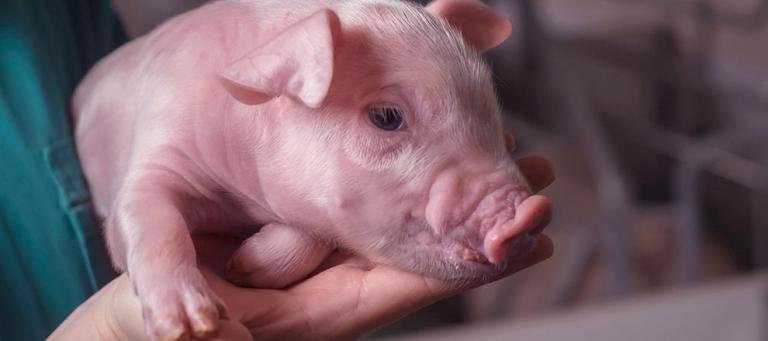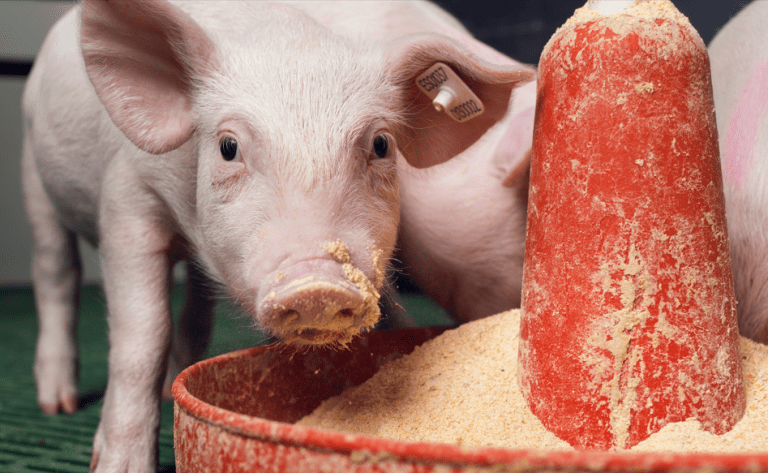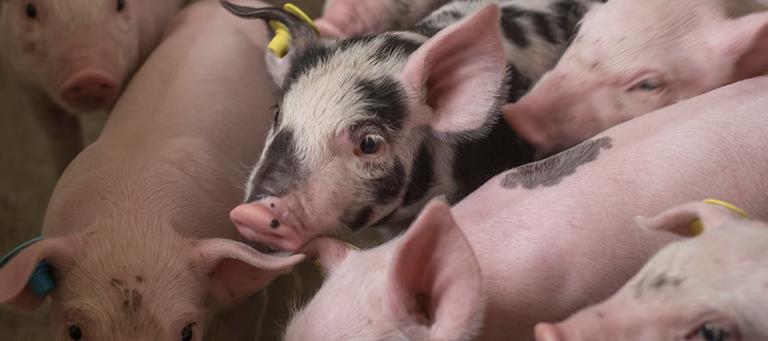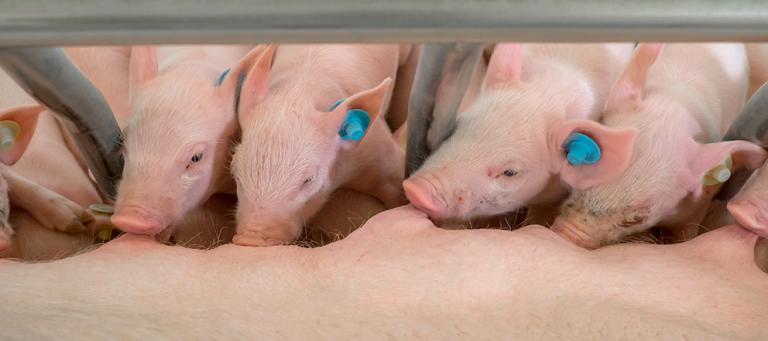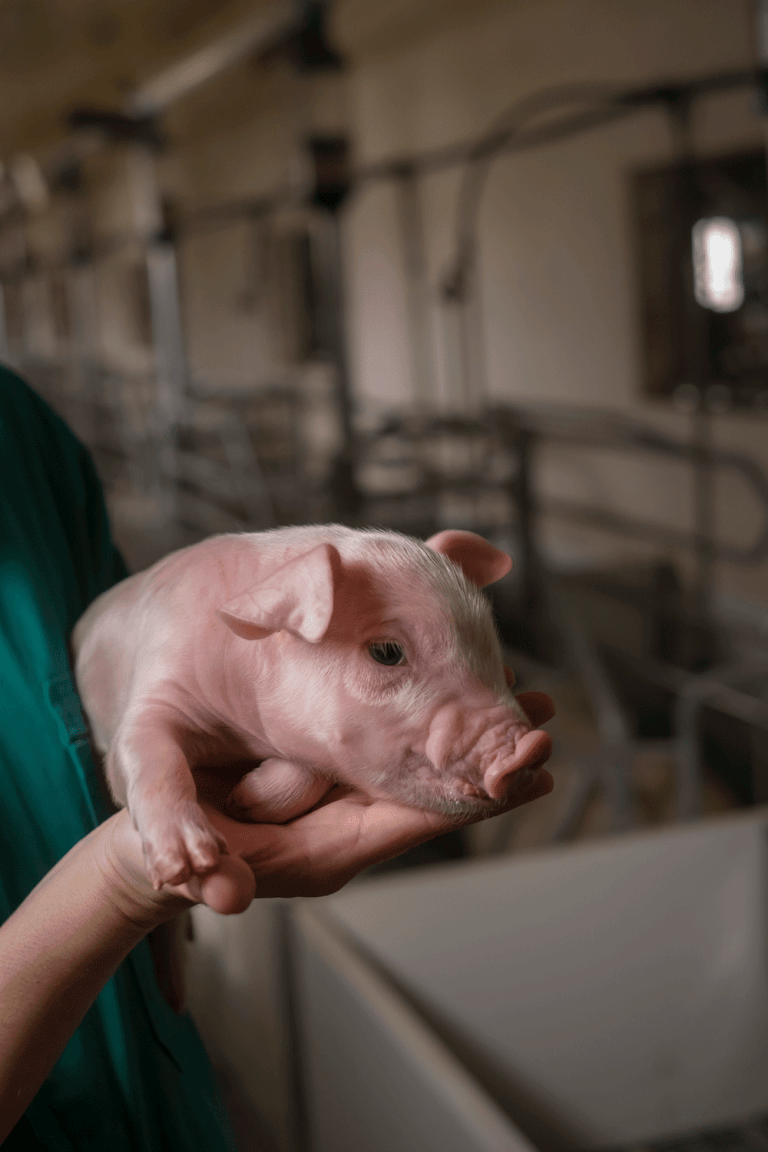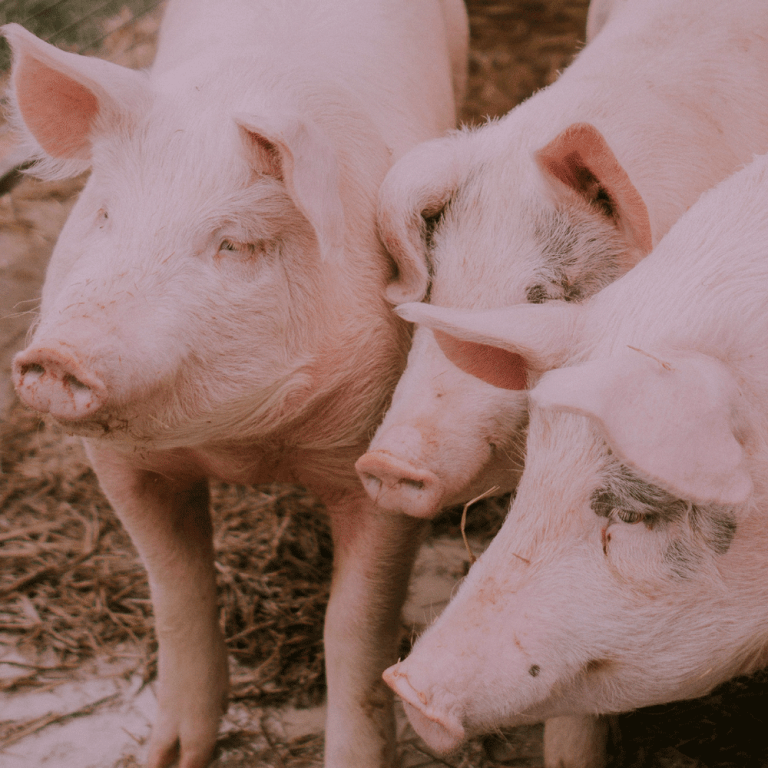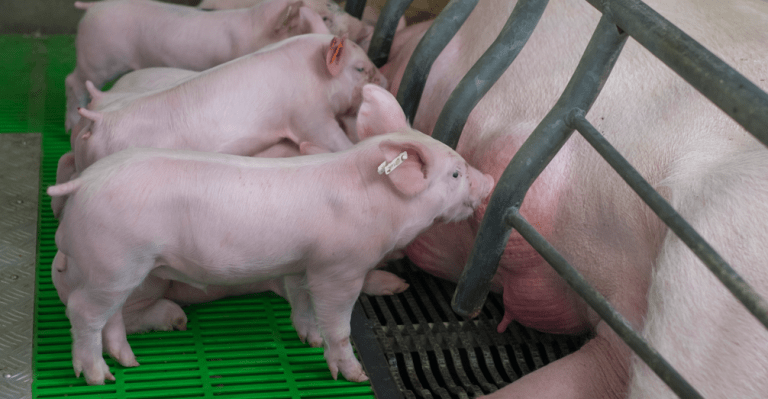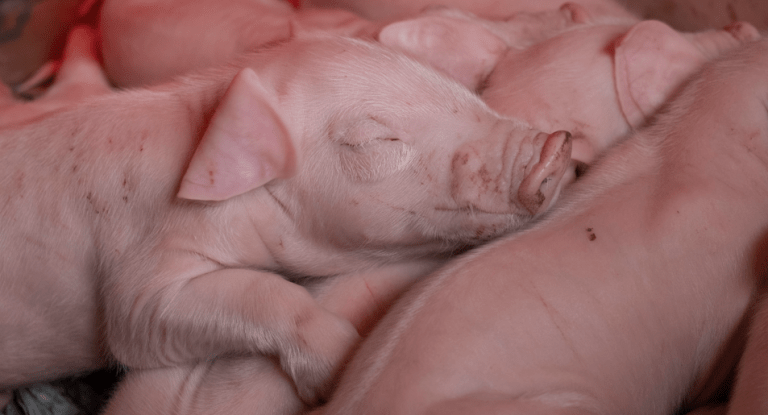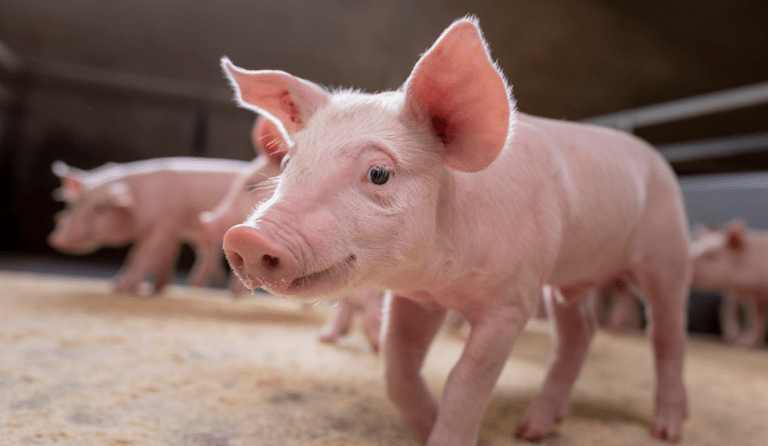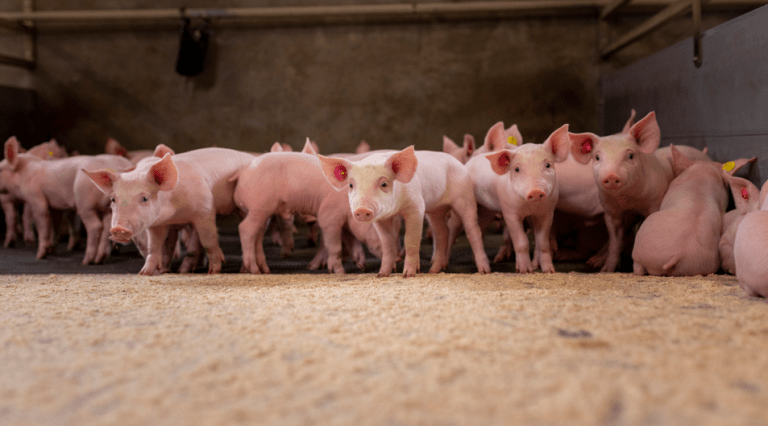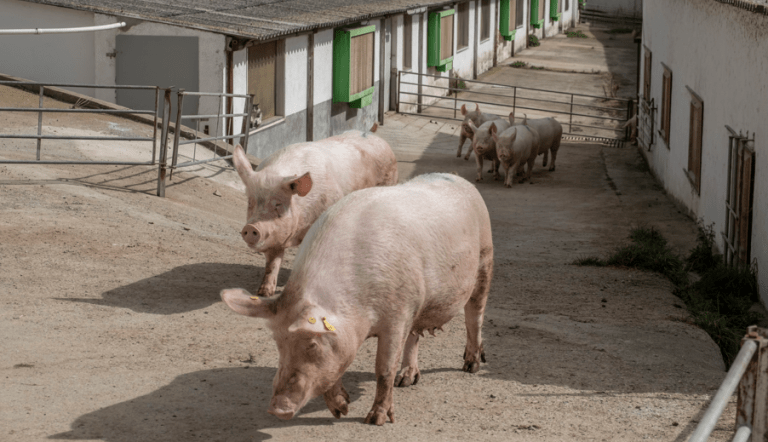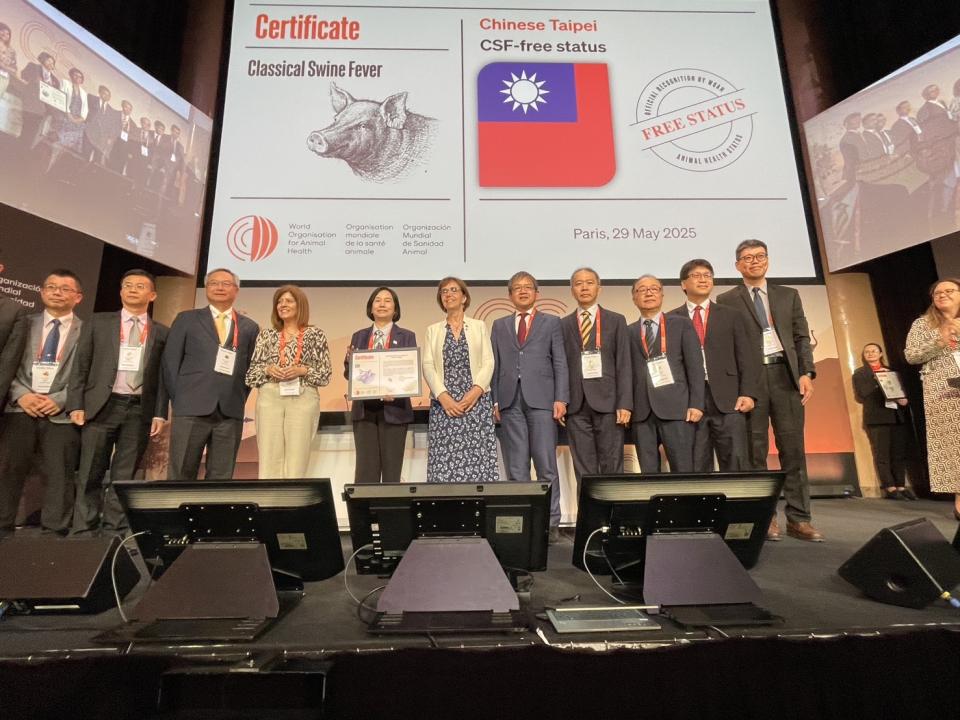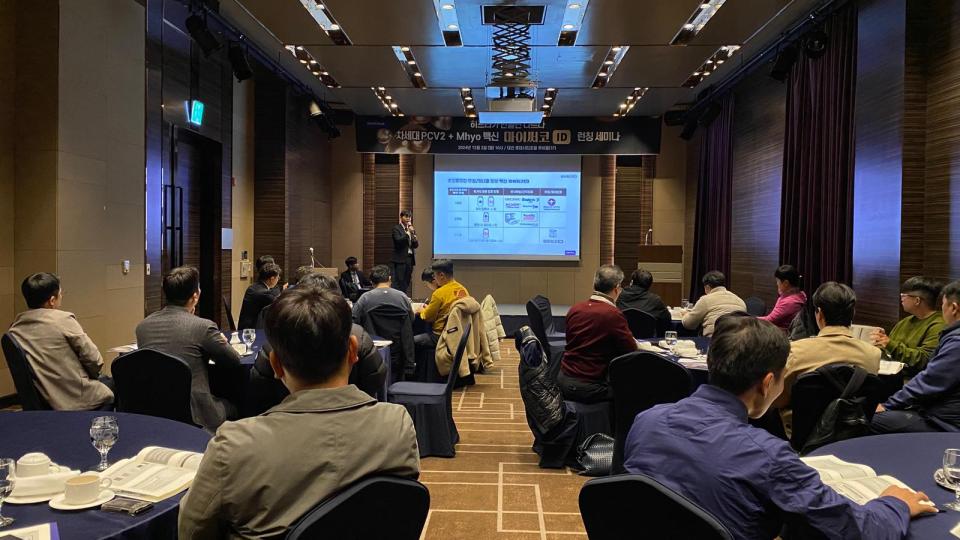Article written by:
Oriol Boix Mas (Corporate Product Manager at HIPRA).
Igancio Bernal Orozco (Corporate Brand Manager at HIPRA).
5a. HEALTH: Where does the disease come from?
The enterotoxigenic bacterium Escherichia coli (ETEC) is one of the principal agents which cause neonatal diarrhoea and also one of the main causes of mortality in new-born piglets around the world1.
Understanding the mechanism of action of the bacterium and how it develops into diarrhoea are key aspects for the prevention of the disease.
For this, we need to have a clear idea of the virulence factors of enterotoxigenic Escherichia coli and of the role that they play in its pathogenesis:
Fimbriae: The key for colonization
Fimbriae are protein appendages that emerge from the cytoplasmic membrane of the bacterium and act as a mechanism for attachment to other bacteria and to the surface of enterocytes.
Figure 1: Fimbriae are essential for the processes of infection and colonisation of the piglet’s intestine.
Fimbriae are protein appendages that emerge from the cytoplasmic membrane of the bacterium and act as a mechanism for attachment to other bacteria and to the surface of enterocytes.
They are features that are considered to be essential for the processes of infection and colonisation of the piglet’s intestine.
The ETEC bacterium contains 5 different types of fimbriae: F4, F5, F6, F41 and F18.
It is important to note that the role played by the different fimbriae in the pathogenesis of the disease varies in each case and that they are not all associated with neonatal diarrhoea.
For example, several authors are in agreement that F4 fimbriae are the most prevalent in clinical outbreaks of neonatal diarrhoea2,3 whilst cases caused by F5, F6 and F41 decrease after the first few days of life, owing to the loss of active receptors in the digestive epithelium4.
On the other hand, the role played by F41 in the occurrence of neonatal diarrhoea is uncertain and there is no information available which would establish a correlation between the two factors1.
In this regard, what has been reported is that those strains of ETEC which express the F41 fimbria also contain the F5 antigen, which makes it difficult to distinguish the causal agent in each case.
Finally, the F18 fimbria is associated with oedema disease4.
Enterotoxins: the cause of the damage

Figure 2. Attachment of an enterotoxigenic Escherichia coli bacterium to the epithelial surface, secretion of toxins (LT, ST) and release of sodium (Na+) and chlorine (Cl-) ions and water to the intestinal lumen.
These are proteins which are the result of the bacterial metabolism with a toxic factor owing to their capacity to alter the permeability of the walls of the enterocytes in the small intestine.
In the case of ETEC, a distinction can be made between four types of toxin, the heat-labile toxins (LT), the heat-stable toxins (ST), the Shiga toxin (Stx2e) and the enteroaggregative heat-labile toxin (EAST1)5.
It is important to emphasise that only the LT and ST toxins appear to have a central role in the appearance of neonatal diarrhoea, despite that ST toxin does not have immunogenic capacity4.
After the toxins have been secreted in the intestine, intracellular levels of cAMP and cGMP increase, ending in an increase in the secretion of Cl- by the crypt secretory cells and a decrease in the absorption of Na+ and Cl- by the enterocytes.
Consequently, the osmotic concentration of the intestinal lumen increases and with it the quantity of water, which is followed by a flow of water towards the intestinal lumen, diarrhoea, dehydration of the piglet, a process of metabolic acidosis and finally death4 (see figure 1 above).
The mere isolation of Escherichia coli (E.coli) by means of bacterial culture or detection by multiplex polymerase chain reaction (PCR) is not evidence of the disease, but must be correlated with the appearance of clinical symptoms.
In the case of animals which have previously been given antibiotic treatment, negative results do not necessarily rule out a diagnosis.
The strategies used for the prevention and control of the disease are focussed essentially on the reduction of the environmental pressure of E. coli by the implementation of vaccination programmes7, hygiene and biosecurity measures (internal and external).
For this, we have diagnostic tools which enable us to identify the nature and antigenic composition of the bacterium.
What are the most prevalent virulence factors of colibacillosis in Europe?
In order to answer this question, a total of 1080 faecal samples were analysed (collected between February 2012 and March 2019), which came from over 400 farms with a high prevalence of neonatal diarrhoea in 17 different countries.

Figure 3. Analysis of the samples which were positive for at least one of the antigens of Escherichia coli.
The samples were sent to the DIAGNOS diagnostic laboratory using FTA® ELUTE cards (Whatman Inc., Florham Park, NJ).
The sampling protocol involved taking samples from 3 piglets from each of 3 different litters; i.e. samples from 9 piglets with diarrhoea on each farm sampled.
Once in the laboratory, the samples were analysed by PCR8,9, and the genes coding for the adhesion factors of the F4, F5 and F6 fimbriae and the heat-labile toxin (LT) of E. coli were identified.
Of the total of 1080 faecal samples analysed, 74% (n=800) were positive for some of the four above-mentioned antigenic factors and the remaining 26% (n=280) were completely negative.
If we analyse only the positive samples, the F4 fimbria and the LT enterotoxin, either alone or in a mixed infection, account for 81% of the positivity.
This means that the high prevalence of these two antigens on European farms is responsible to a large extent for the clinical symptoms observed.
The remaining 19% of the samples proved to be positive for the rest of the antigens, individually or jointly (see figure 3 above).
Conclusions
These results show the prevalence of the most important pathogenicity factors in Europe as regards ETEC.
As can be seen, the F4 fimbria and the heat-labile toxin LT play a major role in the occurrence of outbreaks of colibacillosis, being detected in a large majority of the samples that were positive for at least one of the four pathogenicity factors.
The development of antibodies to the fimbriae and the toxins is vital for the protection of piglets against neonatal diarrhoea, and explains the importance of the composition of vaccines against the disease.
Once they have been immunised, the piglets will acquire resistance via two different, but complementary, processes:
- Inhibition of bacterial adhesion to the epithelium of the intestinal mucosa.
- Neutralisation of the heat-stable toxin (LT) in those cases in which, because of high environmental pressure, the bacterium succeeds in colonising the immature intestine of the piglet.
Thus, the use of vaccines with the correct antigenic formulation is one of the cornerstones of prevention of neonatal colibacillosis in piglets.
REFERENCES:





